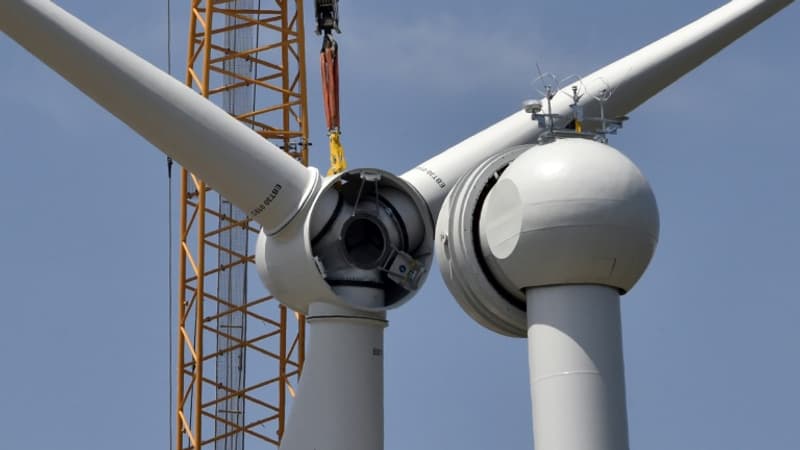The Twenty-seven approved legislation on Monday that almost doubles the share of renewables in energy consumption by 2030 in the EU, where an exemption on hydrogen produced from nuclear energy was introduced to satisfy Paris.
The legislation was adopted by MEPs in mid-September and the green light from the EU Council (the States) paves the way for its entry into force. It comes two weeks before the expected announcement of a new regulatory package proposed by Brussels to support the wind energy sector.
The text adopted, the result of an agreement concluded at the end of March between the European Parliament and the Member States, sets the binding objective that at least 42.5% of renewable energies be used in Europe by 2030, compared to a current level that is around 22%.
It also includes an “indicative” target of 45% that the Twenty-Seven will strive to achieve.
The new legislation significantly speeds up authorization procedures, with the establishment of “dedicated zones” where national authorities must approve new renewable energy installations within a maximum period of 12 months (limited period to 24 months abroad, three years for offshore wind turbines). . In the absence of a response for projects in dedicated areas, the agreement will be considered granted.
These provisions could be made even more flexible for wind turbines in the legislative proposals prepared by the Commission.
An exemption for France
In transport, between now and 2030, States will have to reduce the intensity of greenhouse gases by 14.5% thanks to renewable energies or reach 29% of renewable energies in the final energy consumption of the sector. As an indication, the EU also foresees 49% renewable energy in the energy consumption of buildings.
Finally, in 2030, in each country, at least 42% of the hydrogen used by industry must have been manufactured from renewable energy.
The agreement provides flexibility to countries with a nuclear fleet that can produce carbon-free hydrogen, allowing them to reduce this “green” hydrogen target by half, as long as the proportion of hydrogen produced from fossil fuels does not exceed 23% of its consumption.
However, France had considered this threshold inapplicable due to its significant production of ammonia (raw material for nitrogen fertilizers), from hydrogen obtained through steam reforming of natural gas.
After tough negotiations with several countries that resist nuclear energy, including Germany in the lead, Paris managed to have the ammonia plants in question excluded from the calculation, under certain conditions, if they have been the subject of investments to reduce their emissions. CO2.
Furthermore, the text reinforces the “sustainability” criteria necessary for biomass (wood burned for energy), while maintaining its “renewable” status, much to the dismay of environmental NGOs hostile to this practice.
Source: BFM TV


